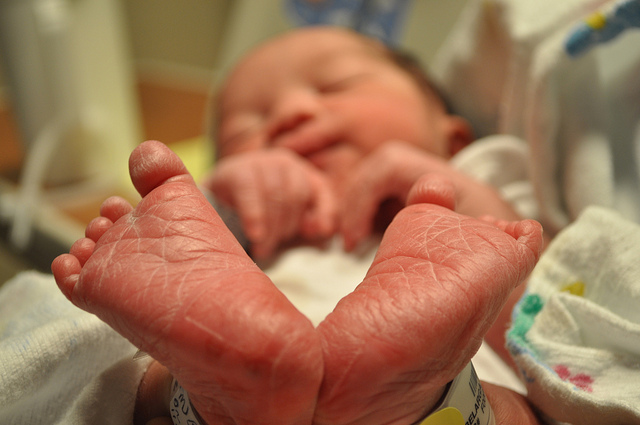
The number of babies born to mothers ages 15 to 17 years of age has declined but still represents over a quarter of teen births each year, according to the April issue of Vital Signs, a monthly health indicator publication of the Centers for Disease Control and Prevention (CDC.) According to the CDC, that fact underscores the need for targeted interventions to prevent teen pregnancy.
“Although we have made significant progress reducing teen pregnancy, far too many teens are still having babies,” said CDC Director Tom Frieden, M.D., M.P.H. “Births to younger teens pose the greatest risk of poor medical, social and economic outcomes. Efforts to prevent teen childbearing need to focus on evidence-based approaches to delaying sexual activity and increasing use of the most effective methods of contraception for those teens who are sexually active.”
CDC researchers analyzed 2012 birth and adolescent health behavior data from the National Survey of Family Growth.
Their findings include:
- Most teens aged 15-17 (73 percent) had not had sex yet.
- The rate of births per 1,000 teens ages 15 to 17 years declined 63 percent, from 38.6 in 1991 to 14.1 in 2012.
- The birth rate to younger teens is higher for Hispanic, non-Hispanic black and American Indian/Alaska Native teens. In 2012, the birth rate per 1,000 teens aged 15 to 17 years was 25.5 for Hispanic teens, 21.9 for non-Hispanic black teens, 17 for American Indian/Alaska Native teens, 8.4 for non-Hispanic white teens and 4.1 for Asian/Pacific Islander teens.
- Nearly 1 in 4 teens ages 15 to 17 had never spoken with their parents or guardians about sex.
- More than 80 percent had not received any formal sex education before they had sex for the first time.
- More than 90 percent of teens used some form of contraception the last time they had sex, but most of them relied on methods that are among the least effective.
According to the CDC, the new Vital Signs report also underscores findings from previous CDC reports on teen pregnancy prevention:
- Racial and ethnic disparities in teen pregnancy rates remain, suggesting the continued need for culturally appropriate interventions and services.
- Sexually active teens remain at risk for pregnancy because they use less-effective contraceptives.
- Earlier pregnancy prevention efforts may further increase abstinence and birth control use.
- Parents and guardians can play an influential role in helping pre-teens and teens avoid risky sexual behaviors.
According to the report, in 2012 Washington, D.C. had the highest rate of births among 15 to 17 year olds, with 29 births per 1,000 teens that age. New Hampshire had the lowest rate with 6 per thousand. California was ranked 24th with 13 births per thousand.





